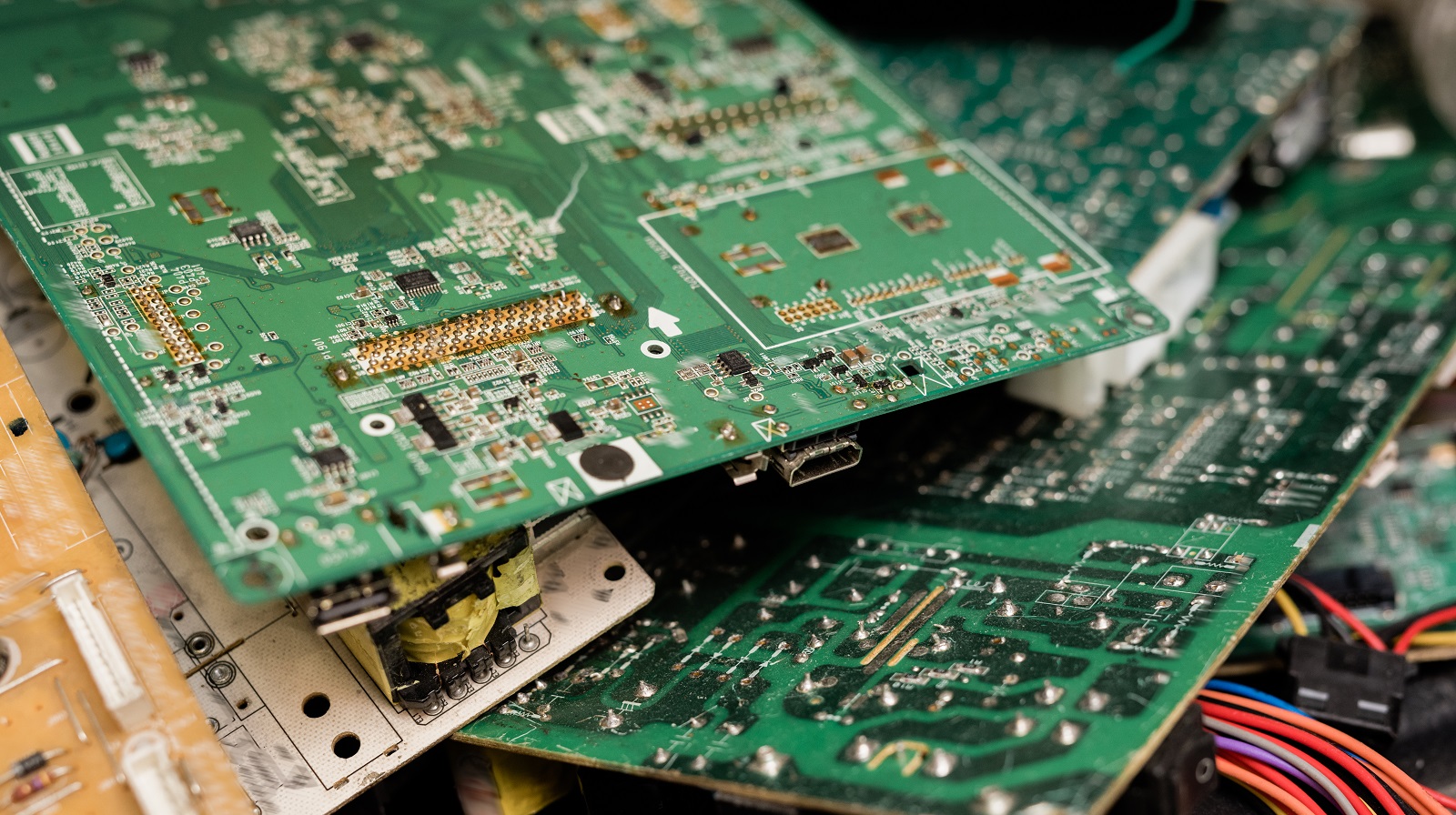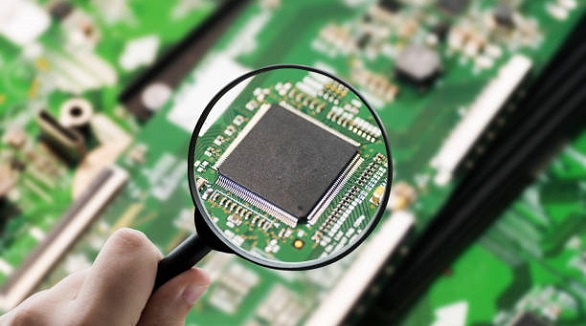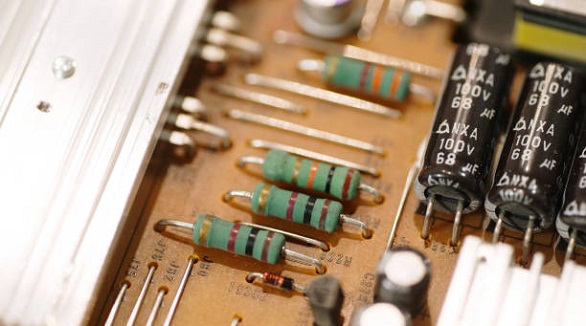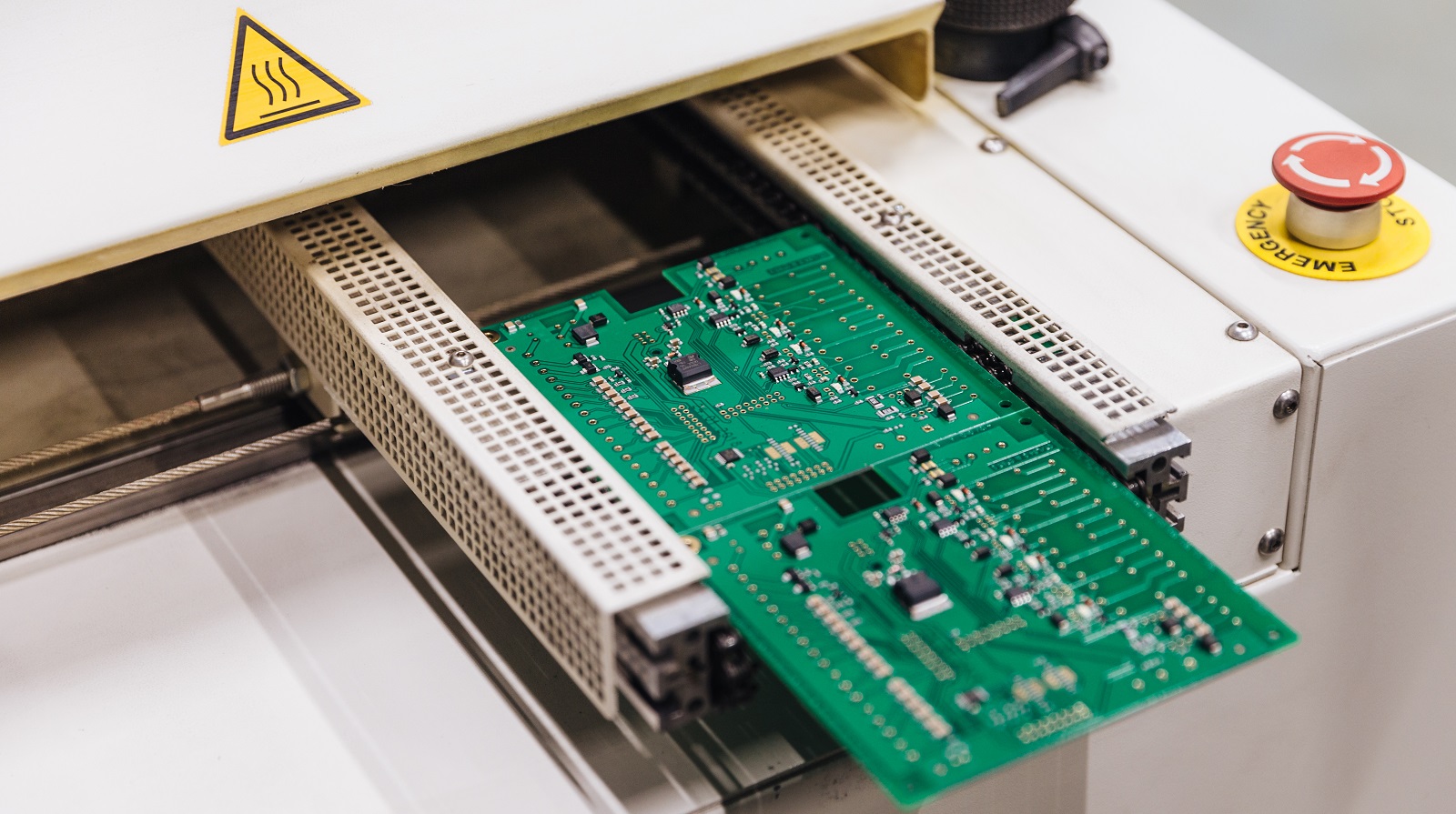Comparative Tracking Index (CTI)
CTI measures PCB material's resistance to electrical tracking, ensuring safety and reliability in electronic circuits, crucial for design and manufacturing.
Electrical safety is the most important factor in electronic manufacturing. The concern for electrical safety does not relate to high-voltage equipment, transformers, and power lines only but also to PCBA, which practically covers almost all electronic devices. In this domain, a vital metric is the Comparative Tracking Index, which expresses the ability of PCB materials to resist electrical tracking. This functionality is highly critical in order to avoid failures that may occur in electronic components. This article focuses on the importance of CTI, measurement protocols, and its use in the design and manufacturing of PCBs.
CTI is a key performance indicator that determines the insulation properties of a PCB material. It is the resistant capability of a material to track electrical energy, which describes the formation of conductive paths on an insulating surface due to environmental causes such as humidity and contamination with conductive contaminants. It can cause short circuits leading to electrical fires and potential hazardous system failures.
Tracking is dangerous because it breaks down the insulation between conductive elements such as traces and pads in a printed circuit board. CTI quantifies material performance for such undue conditions for enhanced safety and reliability in electronic circuits.
Measuring CTI
The CTI value is obtained by standardized tests, normally based on the IEC 60112 test method. In this process, a conductive contaminant is brought on the surface of the material, while a high voltage is applied across it to simulate realistic conditions.
Test Procedure:
Sample Preparation: A sample of the PCB material is prepared in flat form without any contamination, making sure that the surface is even and clean.
Electrode Placement: Arranging electrodes on the surface of the sample, usually two electrodes with some specified gap.
Contaminant Application: Application of contaminated solution between the electrodes is carried out with well-known conductive solution like 0.1% ammonium chloride.
Voltage Application: Increased applied voltage is done from time to time to eventually induce tracking or failure of insulation.
Observation and Evaluation: The voltage level at which tracking occurs is recorded as the CTI value.
Higher CTI values, often ranging from 175V to 600V for typical PCB substrates like FR4, indicate superior resistance to environmental electrical tracking, offering better material performance.
Importance of CTI in PCB Design
CTI is a critical factor in selecting materials for PCB design, influencing electrical safety and reliability across various applications. Here are some key reasons why CTI is essential:
Electrical Safety: High CTI material provides strong insulation resistance, reducing the possibility of short circuits and potential fires while guaranteeing operator and equipment safety.
Reliability and Longevity: Materials with high CTI values provide better performance under adverse conditions like humidity and dust, hence enhancing the overall reliability and service life of electronic components.
Design Optimization: Knowledge of CTI will help designers optimize trace spacing while still meeting safety standards. This is very important because components on PCBs are becoming increasingly dense, thus compressing the spacings available and making precise material selection necessary to avoid tracking.
Compliance to Standards: Most industries, such as consumer electronics, automotive, and telecommunications, have various requirements for CTI, which ensure that compliance is met with safety and performance regulations, especially under IEC standards.
Applications and Implications
CTI is especially important in industries where electronic components are most likely to encounter extreme environmental conditions:
Consumer Electronics: Makes devices durable against typical household moisture and dust exposure.
Automotive Industry: Provides critical insulation performance for automotive electronics exposed to varied climates and environments.
Industrial Applications: Essential for machinery operating in high-stress environments, where robustness against contaminants and high voltages is required.
Renewable Energy Systems: Solar panels and wind turbines require high-CTI materials to support outdoor operating conditions for safe operation over extended periods.
Improve through CTI
Engineers can apply CTI to enhance PCB design by understanding that higher CTI values allow for tighter trace spacing without performance compromise. This characteristic influences both the creepage distance, which is the shortest path between conductive parts on the PCB surface, and the clearance distance, which ensures that electrical safety and performance are maintained even while more components are packed onto a single board.
The high value of CTI also means that thinner insulation can be used without loss of performance by the manufacturers, contributing toward light and efficient designs for satisfying the ever-changing demands for modern electronics.

Comparative Tracking Index is thus one important metric playing a great role in design, development, and manufacturing for a reliable PCB. It provides insight into the insulation capabilities of materials when they are under electrical stress, besides guiding material selection and design strategies that will further ensure the safety and efficiency of the electronic circuits. Understanding and optimizing CTI will gain importance with time as high demands for compact, efficient, and high-performance electronic products are felt, especially considering that PCBs function well within strict operational and safety standards in a great number of demanding environments.
Hot Tags:
Contact us

If you can't find what you're looking for, please contact us.
Article

IPC Class 2 offers cost-effective reliability for non-critical electronics, while Class 3 ensures high-reliability for critical applications, at higher cost.

Diodes control current flow in circuits. Regular testing using tools like multimeters ensures performance, reliability, and protection of electronic components.

FAI ensures the first PCBA production runs meet design specifications. Automation improves FAI by enhancing efficiency, accuracy, and reducing errors, transforming quality assurance in PCB assembly.
